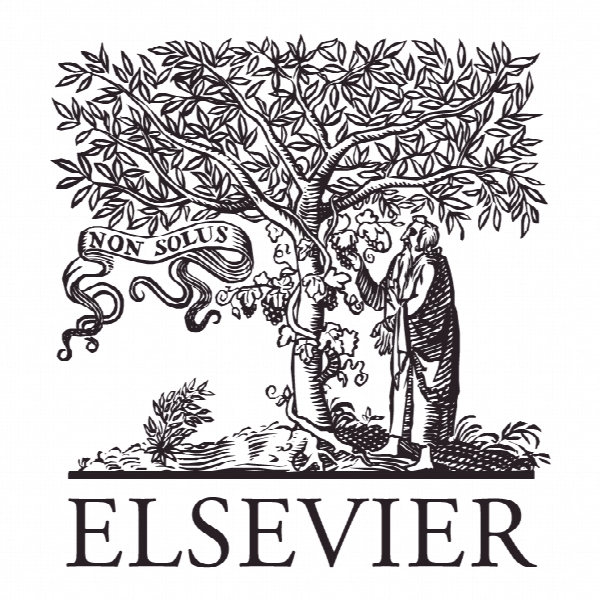امنیت اینترنت اشیا: مرور، راه حل های بلاک چین و باز کردن چالش ها IoT security: Review, blockchain solutions, and open challenges
- نوع فایل : کتاب
- زبان : انگلیسی
- ناشر : Elsevier
- چاپ و سال / کشور: 2018
توضیحات
رشته های مرتبط مهندسی کامپیوتر، فناوری اطلاعات
گرایش های مرتبط امنیت اطلاعات، اینترنت و شبکه های گسترده، شبکه های کامپیوتری
مجله نسل آینده سیستم های کامپیوتری – Future Generation Computer Systems
دانشگاه Bahauddin Zakariya University Multan – Pakistan
منتشر شده در نشریه الزویر
کلمات کلیدی انگلیسی IoT security, Blockchain, IoT protocols, Network security, Data security
گرایش های مرتبط امنیت اطلاعات، اینترنت و شبکه های گسترده، شبکه های کامپیوتری
مجله نسل آینده سیستم های کامپیوتری – Future Generation Computer Systems
دانشگاه Bahauddin Zakariya University Multan – Pakistan
منتشر شده در نشریه الزویر
کلمات کلیدی انگلیسی IoT security, Blockchain, IoT protocols, Network security, Data security
Description
1. Introduction With the rapid growth of smart devices and high speed networks, the Internet of Things (IoT) has gained wide acceptance and popularity as the main standard for low-power lossy networks (LLNs) having constrained resources. It represents a network where ‘‘things’’ or embedded devices having sensors are interconnected through a private or a public network [1,2]. The devices in IoT can be controlled remotely to perform the desired functionality. The information sharing among the devices then takes place through the network which employs the standard protocols of communication. The smart connected devices or ‘‘things’’ range from simple wearable accessories to large machines, each containing sensor chips. For instance, the Lenovo smart shoes contain chips which provide support of tracking and analyzing fitness data [3]. Similarly, the electrical appliances including washing machines, and refrigerators can be controlled remotely through IoT. The security cameras installed for surveillance of a location can be monitored remotely anywhere in the world. Apart from the personal use, IoT serves the community needs as well. Various smart devices which perform diverse functionalities such as monitoring surgery in hospitals, detecting weather conditions, providing tracking and connectivity in automobiles, and identification of animals using biochips are already serving the community specific needs [4]. The data collected through these devices may be processed in real-time to improve efficiency of the entire system. The future significance of IoT is evident due to its application in everyday life. It continues to grow rapidly due to evolution of hardware techniques such as improving bandwidth by incorporating cognitive radio based networks to address underutilization of frequency spectrum [5,6]. In the literature, the Wireless Sensor Networks (WSNs) and Machine-to-Machine (M2M) or CyberPhysical Systems (CPS) have now evolved as integral components for the broader term IoT. Consequently, the security problems related to WSN, M2M, or CPS continue to arise in the context of IoT with the IP protocol being the main standard for connectivity. The entire deployment architecture therefore needs to be secured from attacks which may hinder the services provided by IoT as well as may pose threat to privacy, integrity or confidentiality of data. Since the IoT paradigm represents a collection of interconnected networks, and heterogeneous devices, it inherits the conventional security issues related to the computer networks. The constrained resources pose further challenges to IoT security since the small devices or things containing sensors have limited power and memory. Consequently, the security solutions need to be adapted to the constrained architectures.


